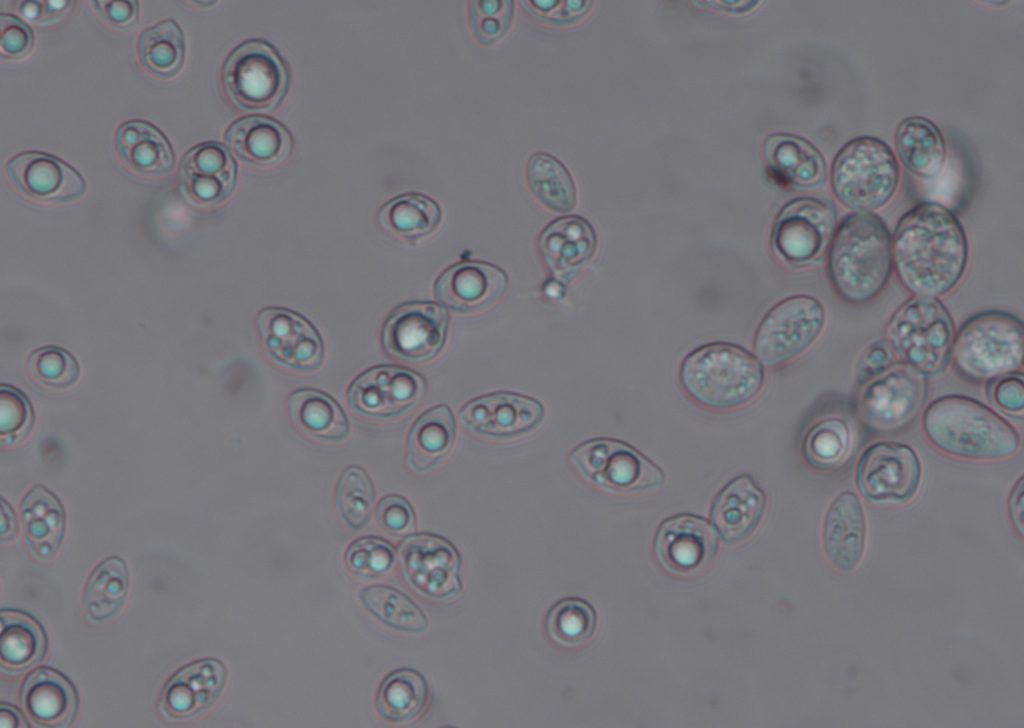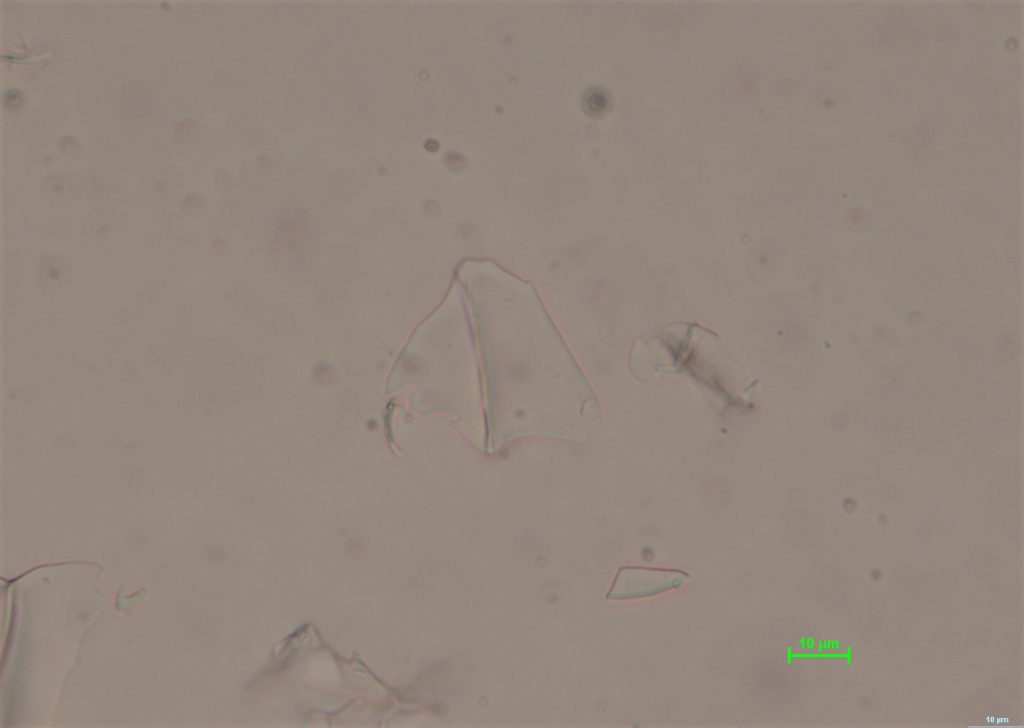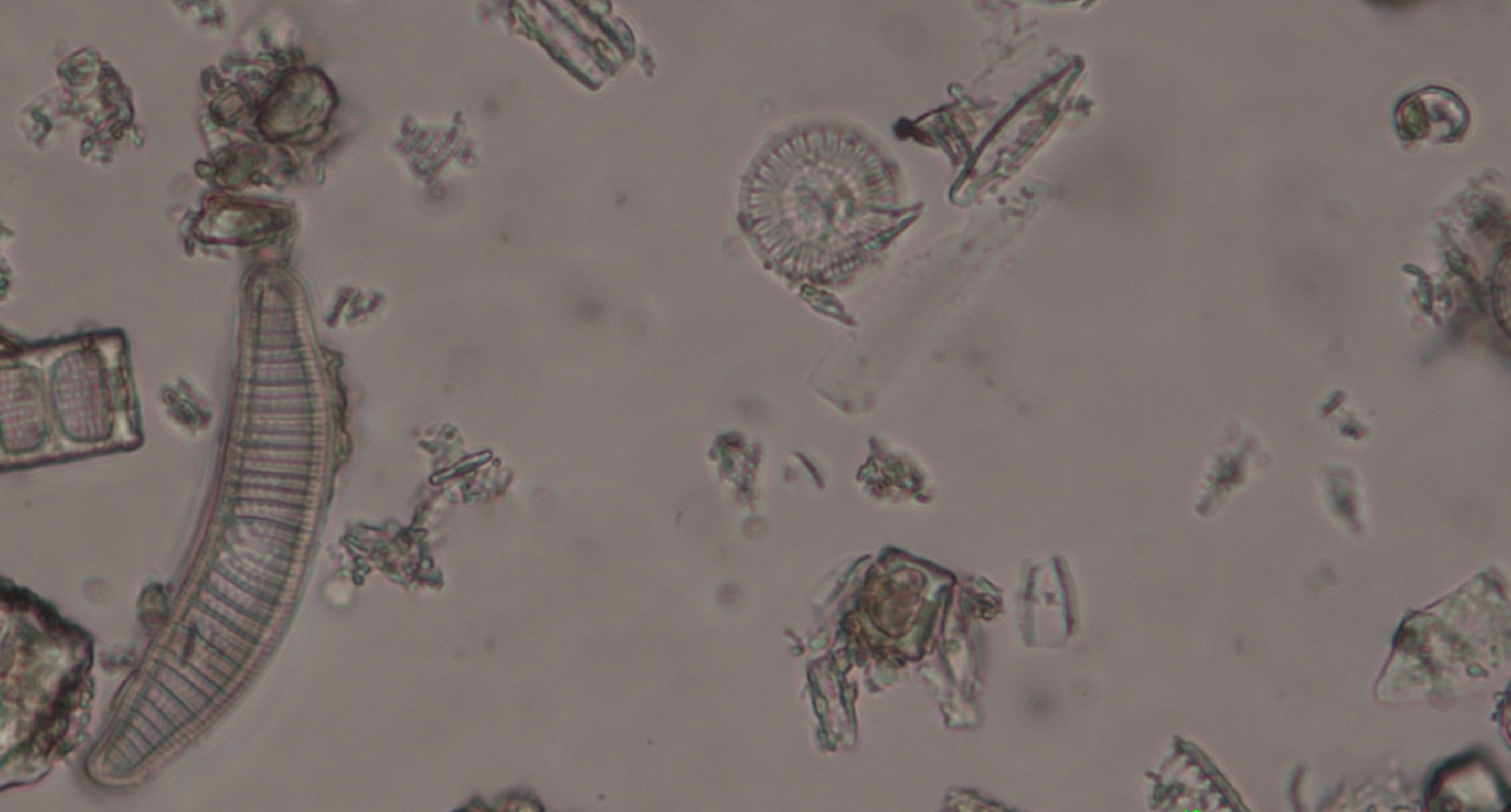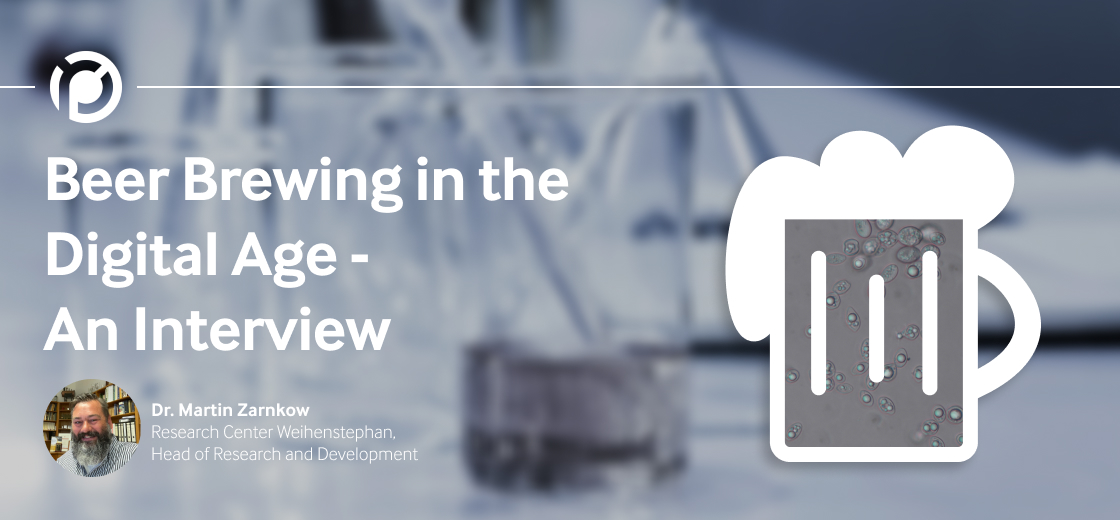Water, hops, grain malt and yeast: these are the four ingredients permitted by the German Reinheitsgebot (literally purity order) for beer production. Four ingredients whose composition provides endless possibilities and flavors. This craft, which people have been practicing for over ten thousand years, has long since also become a science. Microbiological quality control supports the processes of beer production in an increasingly precise way. Digitalization is a logical step in this process. Dr. Martin Zarnkow is the Head of Research and Development at the Research Center Weihenstephan for Brewing and Food Quality at the Technical University of Munich. We’ve met him on International Beer Day for a talk about the digitalization of the brewing lab.
Artificial intelligence is counting yeast cells, programs automatically search for contaminants in beer samples. Is this prospect a curse or a blessing for you?
I’m currently reading two books from 1838 and 1794. I’m an expert on this subject! But seriously: of course, no one can avoid the digitalization of brewing. And rather than being skeptical towards it, it should be considered a great relief. Because the speed and possibility of documentation are unmatched. Microbiological quality control represents a major task for breweries. Some time in the future, it will be possible to read real-time results during various stages via sensors, which will enable brewers to make decisions immediately. But still, it won’t replace the laboratory anytime soon.
"No one will be able to avoid the digitalization of brewing. And rather than being skeptical towards it, it should be considered a great relief."

How much “human” will still be needed then?
When I was taught my craft, beer was said to contain up to 800 substances. Today, it is 80,000. We are finding out more and more, all the while questions are increasing. This is because we are able to list these substances, but we don’t know what they do. There is a reason why entire professorships on this subject exist. There is a reason why at the end of your studies you become a graduate brewmaster, someone who must look at theory and practice. AI will help us understand these connections, but humans make the decisions. And one thing will never be replaced: Our senses, especially smell and taste! Because it is for us humans, or consumers, that this product is brewed.


The more artificial intelligence is involved, the more algorithms sift through samples, the more data is created.
Of course, the big breweries have data to no end, no one can handle such a mass, but that’s why laboratories such as ours exist that are able handle the data. If I document everything, if I expand the possibilities of sampling by being able to check larger quantities, then I have completely new possibilities of control. Sometimes, I work with people with a problem and their last comparison sample is from 2017. What should I do then?
Stay Ahead with Insights from Precipoint!
Welcome to our newsletter! Be the first to know about our latest products, services, webinars, and happenings in PreciPoint. Don't miss out on this opportunity to stay informed. Subscribe to our newsletter today!
By clicking “Subscribe”, you agree to our privacy policy.
Basically, this monitoring would have to start much earlier. The basic products are also dependent on natural conditions, which are ever changing.
It would be a dream if we could generate the data as early as in the field. We could work much more individually, get off monoculture and still manage more economically if we knew beforehand how the product will behave or whether I will have to get it somewhere else. That is also what makes wine making different to brewing beer. With wine, you make it once a year, but with beer, you brew every day. And it should always be reproducible. How is that attainable without data? How are you supposed to know which parameters are decisive if they are not documented? There is no way around taking samples and documenting them, having a clean plan, and strictly adhering to it. Only then can I correlate thoroughly and fine-tune.
You’ve also devoted yourself to the history of beer production and have already participated in excavations in Syria. In what historical context do you place the digitization of laboratories?
Anyone ever involved in the production of this beverage has experimented, selected, and observed. Those who had made it their profession had to professionalize themselves and then passed on their knowledge. Tradition and innovation have always driven each other. The human body can detect many things: heat, cold, taste. But it also has limits. In the Renaissance, technical devices were introduced to support this: thermometers, saccharimeters, barometers and at some point microscopes. We mustn’t forget that it was the breweries that drove science forward. Louis Pasteur first worked on brewer’s yeast; the first genome to be deciphered was that of brewer’s yeast. The beer landscape is as traditionalist as it is innovative, the transferability to other disciplines has always been there, and I am convinced it will stay that way.

Today is International Beer Day. What bottle are you opening today?
The best beer in the world is always your own beer. All regional beers tell something about the region they come from in terms of taste. And not all beers fit everywhere. An Oktoberfest beer on the beach in Brazil could be completely out of place. There are beers from all over the world that are thankfully easily available. Beers from the British Isles, Belgium, France, Italy, Denmark and I’m probably forgetting 50 others. There are aroma charts on the internet where you can look up the fruit flavor, starch content, spiciness. From there, it’s easy to choose what you like. But I do have one recommendation to make: take the labels off the bottles and try them! We are so easily influenced by labels. But that only distracts from this excellent beverage.











